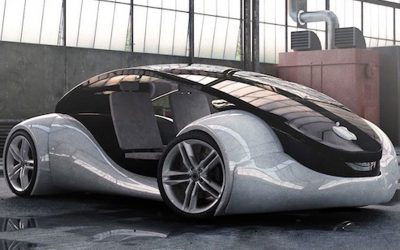The piece talks about how the design-centric culture is increasingly being adopted in the world’s major businesses. As firms tackle big questions and tasks, like integrating software with a product or responding to rapidly changing business markets, they need creative ways to prepare themselves for a solution, as well as developing a solution.
The principles of design, of focusing on UX (the user experience) and building and empathy with the end user, are all part of the fundamentals of design. You have to make a person feel a certain way, ensure your product connects with them, whether through making them laugh or fulfilling a need. The language around design used to be quite difficult to articulate outside of he discipline; desire, aspiration, experience but now they are used quite frequently in business when they want to talk about engaging with their customer or consumer.
We might think that sense of experience is something that only relates to product designers who have a tangible product, but think of digital ones. The customer experience of how you use something like eBay is just as important an element of your attachment with that brand. This is a vital part of the process for product designers, especially if you want to develop an e-commerce element and selling your product directly to consumers; how can you develop a website and a n online shopping experience in a certain way that makes them feel the same way they do about shopping as they do about your product.
That’s a real crossover when it comes to a design principle infiltrating other elements of the business itself. It isn’t going to work every time, there will be tests and fails in the same way there are prototypes and adjustments made to products as they are being developed. But the fact that the design process is becoming a fundamental part of all elements of the business is an interesting one.
Is it because design is becoming increasingly important? there is certainly a sense that, aesthetically, consumers are interested in the concepts of design to respond to them, their personality and taste. Social networks make it much easier for consumers to portray an element or side of their personality; think pictures of a kitchen or living room. Design has to fit i with that and has to respond to it. But the commerce process?
It reflects the growing sense that the consumer is becoming increasingly important in every stage of business, not simply in the development of the product. Design, how we respond to it, is an individual thing. When the design centric ethos is integrated into how we do business it isn’t just the consumer we’re thinking about, but also ourselves; how can we ensure our design principles flow through every level of what we do. And then we connect with the consumer.
It’s an interesting idea, and well worth a read hbr.org/2015/09/design-thinking-comes-of-age
Fancy reading some more?
The incredible growing plant pot
Graduates from the Royal College of Art have designed this plant pot that grows with your plant.
read moreApple’s Project Titan hires automotive veteran
Apple’s bringing together a team of experts for Project Titan, it’ll be fascinating to see what they build.
read moreThe best products solve problems
When we design products we don’t do it in a vacuum, we’re responding to solve a problem!
read more


